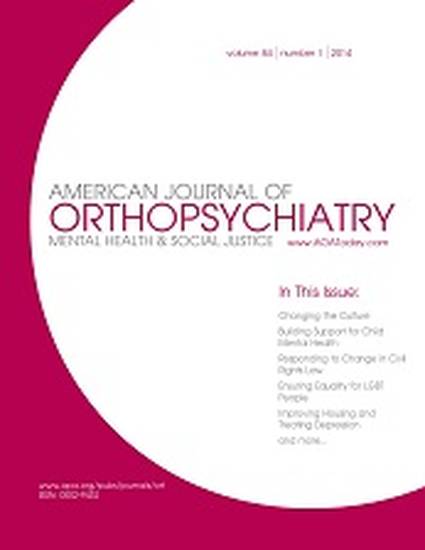
Article
Mapping a Continuum of Adolescent Helping and Bystander Behavior within the Context of Dating Violence and Bullying
American Journal of Orthopsychiatry
(2017)
Abstract
Although research has identified factors that support and hinder proactive bystander behaviors among adolescents, less is known about the more specific bystander responses viewed by youth as feasible, or whether these responses are likely to be ultimately helpful in the context of bullying and teen dating violence (TDV). Goals of this exploratory study were to describe specific bystander behaviors that adolescents perceive as possible for addressing bullying and TDV among peers, to assess the potential impact of these behaviors, and to examine similarities and differences in bystander behaviors across these forms of aggression.
In focus groups with 113 14-18 year old youth, participants identified more possible responses to bullying than to TDV, and more options for supporting victims of aggression than for interrupting perpetrators. Although many bystander responses identified by youth are promising for lessening the impact of bullying and TDV, some, such as “advising” victims of TDV and physically confronting perpetrators are likely not safe or helpful and may cause more harm than good. Findings point to the importance of better understanding how youth perceive their options as bystanders, and providing coaching to respond to peer aggression in specific ways that maximize their own and others’ safety and well-being.
Keywords
- dating violence,
- bullying,
- bystander behavior,
- adolescence
Disciplines
Publication Date
Winter 2017
Citation Information
Erin Casey, Heather Storer and Todd I Herrenkohl. "Mapping a Continuum of Adolescent Helping and Bystander Behavior within the Context of Dating Violence and Bullying" American Journal of Orthopsychiatry (2017) Available at: http://works.bepress.com/erin-casey/37/
